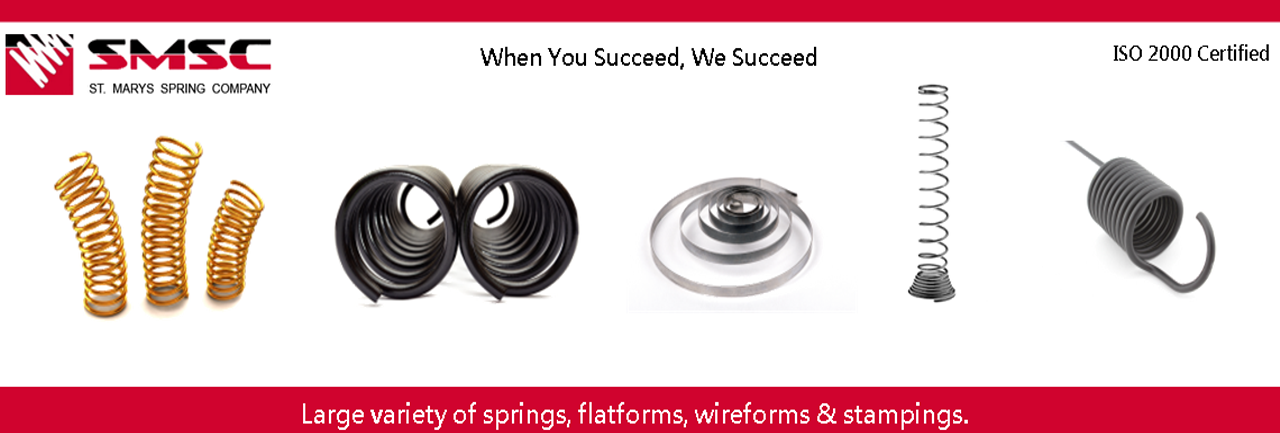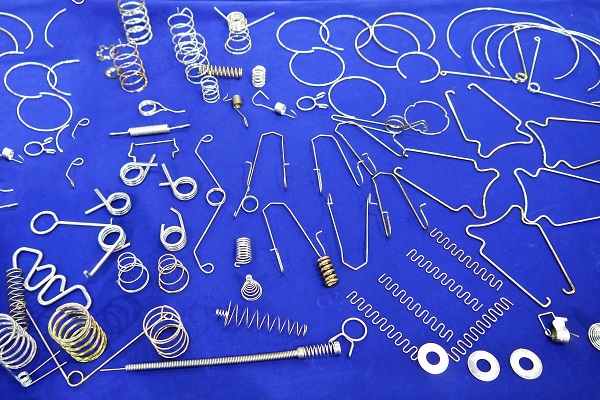Wire forming is seen as a revolution by most manufacturers. This is because it offers endless possibilities. Today, wire forms are used in various industries. Being versatile, the properties of wire forms may differ according to their shape, dimensions, and material of construction. In this post, we will discuss how the choice of materials may vary depending on the end use of the wire form. Sometimes, two identical designs may be made from two different materials, depending on their use. With advancement in the manufacturing, there is abundance of choice, when it comes to materials. Do you want to know which materials are used for building custom wire forms? Read the post to know about 5 materials used for wire forming projects.
5 Important Materials Used for Creating Wire Forms
The following are the materials, which are increasingly used for creating wire forms in various industries:
- Grade 304 Stainless Steel: This is one of the widely used SS grades. It is used in a wide range of products, finishes, and forms. The grade possesses austenitic structure that is balanced, which enables deep drawing in parts such as breaks, rolls, hollow-ware, etc.Grade 304 is preferred in wide range of atmospheric environments, where they might be subjected to corrosive media. It can withstand pitting and crevice corrosion in warm chloride environments, and stress corrosion cracking up to 60 ºC. The grade exhibits high structural strength at elevated temperatures. Thus, it is used in pressure-containing, and structural applications at about 500 ºC and up to about 870 ºC. At temperatures higher than 870 ºC, the wire form will start melting. Although this material can withstand oven-like conditions, it isn’t suited for toughest heat environments.
- Grade 316 Stainless Steel: This stainless steel variant is a molybdenum grade, and is well-known for its excellent corrosion resistance. The molybdenum composition of this grade helps improve its welding and forming characteristics. This composition also lends it a capability to resist crevice corrosion, and pitting in chloride environments. Thus, is used in various architectural, transportation, and industrial applications.The SS is ideal for applications demanding heavy weight loads. It can perform well in applications at around 1472 ºF (800 ºC). The grade is suitable for all those applications, which involve chlorides or are too caustic.
- Grade 330 Stainless Steel: This is a SS alloy developed for high temperature applications. Grade 330 is well-known for its high temperature capabilities. It can withstand prolonged exposure to temperatures up to 1,900 °F (1,037 °C). All this is possible due to its high nickel and chromium content. This material is not only affordable, but also easy to acquire, and machine, which is why it becomes a suitable alternative replacement for various high temperature, and expensive alloys.
- Grade 434 Stainless Steel: It is a ferritic steel alloy, which is known for its excellent pitting resistance. This stainless steel variant has no nickel content, thus is affordable than other austenitic SS. It is well-suited for medium temperature applications, up to 1499 ºF (815 ºF). However, it is not recommended for heat treat applications.
- Inconel®: It is a specially formulated alloy, which is developed for intense high temperature applications. Of all high temperature stainless steel alloys, Inconel has the highest temperature resistance capability at 2,000°F (1,093.3°C). This is why it is recommended for extreme heat-treat applications.
The best choice of material will depend on factors like processes, chemicals, and temperatures involved. Along with these considerations, you need to check their properties with a manufacturer. SMSC is one of the leading manufacturers of custom wire forms in the US.

